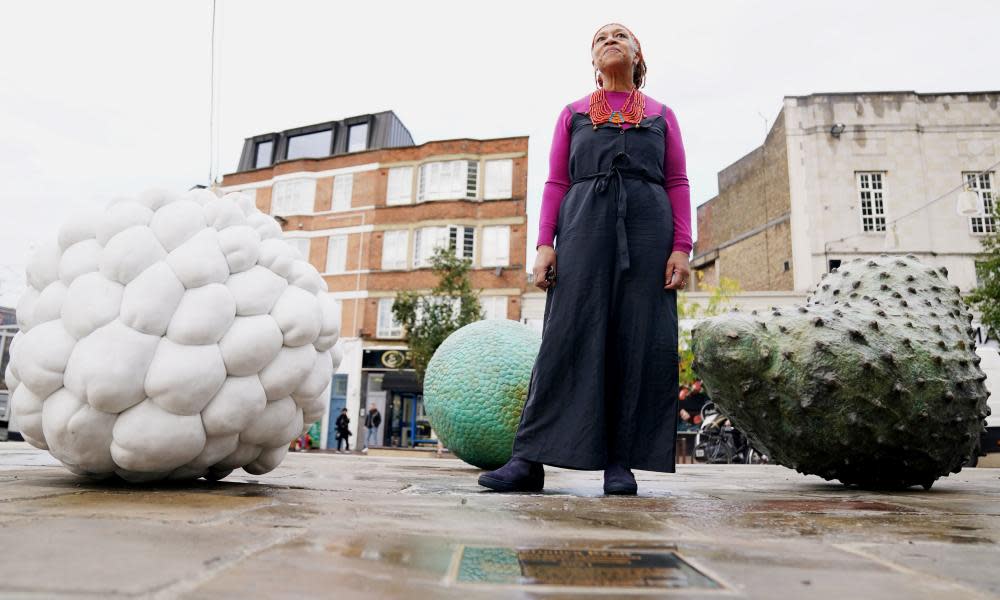Veronica Ryan is a sensational choice as Turner prize-winner

Veronica Ryan is much too good to win the Turner prize – I feared. Or rather, too good for what it so often seems to be, a brash, loud, sensational crowd-pleaser.
She is none of those things. Ryan’s sculptures are meditative and poetic, their meanings maturing over time instead of hitting you in the face. Her room in the Turner show at Tate Liverpool is startling in its sheer intelligent beauty. In a space whose yellow walls seem to melt and yield to your gaze, her sculpted objects are spaced out like the notes of some minimalist score. It’s a lesson in what art really is, and can do.

It’s a total contrast with the first section of the show, where the much-fancied Heather Phillipson makes lots of heat and noise with a multimedia installation that’s less than the sum of its parts. Ryan’s art immediately communicates the feeling and intensity that’s so missing from this exercise. Not that Ryan pleases everyone. Many people, the day I was there, walked rapidly on to find something with more pings, bright lights and provocations.
I wanted to grab them and tell them to stop, look and feel. Ryan’s works are soft and stretchy, plumped up like pillows, arranged like shells on a mantel, or hanging in net bags that stretch and bulge. They seem to be found things washed up on a beach – but are cast. Many of her sculptures are based on the flora of Montserrat, the Caribbean island where she was born in 1956: soursop skins and cocoa pods, glazed with the island’s volcanic ash. These vegetable forms suggest life and place, the slow unpeeling and digestion of a lifetime’s memories.
Related: Veronica Ryan wins 2022 Turner prize for work including Windrush tribute
Ryan has let her art mature naturally, organically, like a potent brew of knowledge and familiarity. Salman Rushdie in Midnight’s Children uses the metaphor of pickling to describe how history is preserved. Ryan has some comparable process going on: you sense the history of global spaces and the experiences of her own life in these fruits of dream and rumination.
This is the first Turner prize in years worth caring about. As in its vintage years, I was a fan rooting for my favourite – Ryan. Sin Wai Kin would also have made a fun winner with their genuinely Warholian self-portraiture. And even though I was less keen on the bookies’ favourites Phillipson and Ingrid Pollard, they belonged on the shortlist. But in picking Ryan, this quietly great artist, the judges have raised the award from a good year to a sensational one.

 Yahoo Movies
Yahoo Movies 
